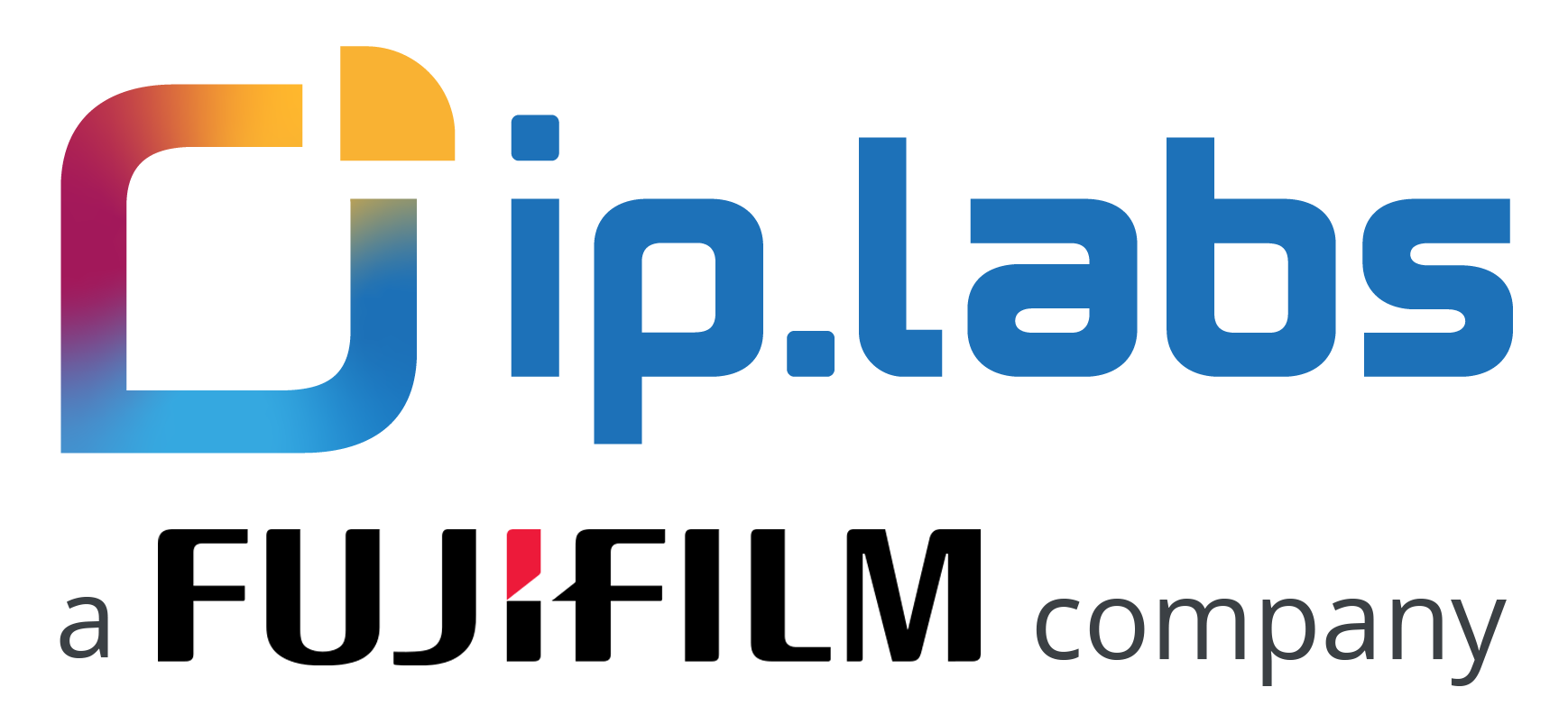7 min read
Unveiling the Future: How Personalized Photo Products are Revolutionizing the Market
May 7, 2024

The landscape of personalized photo products has undergone a seismic shift in recent years. Pre-pandemic, the market was on an upward trajectory, but COVID further accelerated the movement toward digital solutions and personalized experiences . This article traces the contours of this transformation, highlighting the pivotal role of technology in redefining the industry and the raft of opportunities it presents for businesses agile enough to adapt.
Contents
The Digital & Personalization Renaissance
The world has grappled with multiple lockdowns, social distancing, and an increasingly pervasive digital reality in the past three years. Our digital technology and devices became a lifeline during the pandemic, with consumers turning to online platforms for necessity and solace. In this time of digital enlightenment, the personalized photo product market flourished, catering to new consumer demand for products that were both personal and accessible from the safety of their homes.
This shift is not just about convenience; it reflects a deeper, more reflective turn in consumer culture, a desire to hold onto memories and milestones during an unprecedented time and beyond . The significant increase in online sales and the success of e-commerce platforms in response to this trend indicate a clear preference for digital channels post-pandemic.
The Rise of Mobile in Personalization
Fuelling the shift in the photo product landscape is thesurge in mobile device usage—with consumers now having the power to capture, customize, and order personalized products directly from their smartphones and tablets. This mobility has injected new levels of convenience into the personalization process, empowering users to engage with photo products anytime and anywhere .
While mobile apps, with their user-friendly interfaces, might seem like a preferred platform for personalization, actually consumers are steering more towards responsive editors instead. The integrated toolset provided by browser-based editors ensures that photos and designs are readily accessible, streamlining the customization process further, but also removes the need to download “yet another mobile app”. Rise Above Research forecasts that 1.6 trillion images will be captured in 2023, presenting countless opportunities for businesses to harness mobile technology for product personalization.
Cloud Computing: The Backbone of Modern Personalization
Cloud technology's role in transforming personalized photo products is undeniable. This technology provides the necessary infrastructure for storing and managing the vast quantities of data generated by consumers' photos and preferences. The cloud is a pivotal element for driving and sustaining the growth of personalized photo products, enabling photo product vendors to offer a scalable, secure, and accessible platform for consumers to store their memories and access them for personalization purposes whenever they want.
Furthermore, cloud computing facilitates much easier collaboration between different services and platforms than ever before, allowing for a more connected approach to personalization. The cloud's agility and flexibility make it an ideal companion for mobile technologies, ensuring that consumers' experiences are seamless across devices and that personalization options are only bounded by consumers' creativity.
The Complementary Role of AI in Personalization
While Artificial Intelligence (AI) may currently play a smaller role than mobile and cloud technologies [MD5] , its influence is still significant in the personalization experience. AI algorithms analyze consumer behavior to deliver personalized product suggestions and design assistance, contributing to a more tailored shopping experience and increasing customer engagement. Businesses utilizing AI for automated customization based on consumer behavior have seen a decrease in consumer returns by 40% , showcasing its potential to enhance personalization capabilities in the photo product market.
![[blog] IMG 1390 x 700 Unveiling the Future How Personalized Photo Products are Revolutionizing the Market graphic AI](https://www.iplabs.com/hs-fs/hubfs/%5Bblog%5D%20IMG%201390%20x%20700%20Unveiling%20the%20Future%20How%20Personalized%20Photo%20Products%20are%20Revolutionizing%20the%20Market%20graphics-1.png?width=243&height=247&name=%5Bblog%5D%20IMG%201390%20x%20700%20Unveiling%20the%20Future%20How%20Personalized%20Photo%20Products%20are%20Revolutionizing%20the%20Market%20graphics-1.png) However, AI also has a broader usage across the business, not only personalizing the consumer experience but also helping companies predict market trends and consumer needs, allowing for more strategic decision-making. This synergy of AI with mobile and cloud technologies creates a dynamic ecosystem where personalization is not just a service offered but an integral part of the consumer experience.
However, AI also has a broader usage across the business, not only personalizing the consumer experience but also helping companies predict market trends and consumer needs, allowing for more strategic decision-making. This synergy of AI with mobile and cloud technologies creates a dynamic ecosystem where personalization is not just a service offered but an integral part of the consumer experience.
Customer Dynamics
Consumer demand for personalized photo products has been a defining trend in reshaping the market landscape. This increasing appetite is not just about the novelty of customization; it's rooted in a deeper desire for products that reflect personal identity and cherish memories in unique ways. Research shows that upwards of 80% of consumers are willing to pay a premium for customized products, and 48% are open to waiting longer for these personalized items. This is a fundamental change in consumer expectations, where the value of a product is significantly enhanced by its ability to be personalized.
Social media and digital photography have been instrumental in fueling this demand. Platforms like Instagram and Facebook have become showcases for personal stories and moments, creating a culture where individual expression is valued and celebrated. The digital era has made photo capturing and sharing an instantaneous act, perfectly illustrated by new devices such as the Fujifilm Instax which pushes the boundaries of mobile photo printing to a new level. The convergence of smartphone photography with online commerce and new device technology has positioned the photography market at the forefront of the personalized products trend, presenting a vast opportunity for businesses to leverage and monetize existing user photo banks or expand their offerings to cater to specific customer segments.
Capitalizing on the Evolution
To capitalize on the evolution of the personalized photo product market, businesses need to identify opportunities, prepare strategically, and understand the potential consequences of inaction. The shift towards digital has accelerated, and consumer demand for personalized items has surged. Businesses can tap into this growing market by leveraging mobile and cloud technologies, making customization more accessible and scalable.
Furthermore, embracing AI, though playing a smaller role, can refine product recommendations and enhance customer experiences. However, the key lies in recognizing niche markets that have emerged stronger post-pandemic, such as pet-related products or personalized home decor, and adapting offerings to meet these specific consumer needs.
Steps for Market Readiness
For photo product businesses to thrive, a series of strategic steps are necessary:
- Invest in Technology: Prioritize mobile and cloud solutions to make the customization process seamless for consumers. Stay updated with AI advancements to improve efficiency and personalization.
- Understand Consumer Demand: Analyze market trends and consumer behaviors to tailor products that meet evolving needs. Utilize data analytics to anticipate future trends.
- Sustainability and Ethical Practices: Integrate sustainable materials and processes into product lines to appeal to environmentally conscious consumers.
- Expand Product Range: Diversify offerings to include emerging product categories that reflect current consumer lifestyles and preferences.
- Enhance Online Presence: Optimize e-commerce platforms and mobile apps for a user-friendly shopping experience, ensuring products are easily customizable and purchasable online.
Consequences of Inaction
Businesses that fail to adapt to the rapidly changing landscape risk falling behind. Inaction may result in:
- Lost Market Share: Competitors who innovate and cater to the new consumer demands will capture a more significant portion of the market.
- Reduced Consumer Relevance: Products that don't meet the personalized expectations of today's consumers will see diminished interest and sales.
- Operational Inefficiencies: Without adopting new technologies, businesses may face higher costs and inefficiencies, impacting profitability.
In conclusion, the evolution of the personalized photo product market presents both significant opportunities and challenges. Businesses that proactively adapt to these changes leveraging technology and aligning with consumer expectations, are poised for success. Conversely, those who remain stagnant may struggle to compete in an increasingly digital and personalized marketplace.
Embracing the Future
A journey through the transformative landscape of the personalized photo product market shows that the convergence of technological advancements, shifting consumer demands, and the post-COVID-19 digital acceleration has reshaped and revitalized the industry. The adoption of mobile and cloud technologies, alongside the catalytic role of AI, is propelling personalized photo products into a new era of innovation and consumer engagement.
Moreover, the driving force of consumer demand, favoring personalized over generic products, has unequivocally steered the market toward growth and diversification. Businesses that harness these fair winds, adapting to the evolving preferences and leveraging the power of technology, stand to gain a significant competitive advantage. However, the path forward is not about following the pack but about leading with innovation, anticipating consumer needs, and continually offering compelling, personalized experiences that resonate deeply with customers.
The future of the personalized photo product market is ripe with opportunities for those ready to embrace change and innovate relentlessly. As we venture further into this digital age, the intersection of technology, personalization, and consumer expectation will continue to evolve, offering a canvas for businesses to create not just products but memories that last a lifetime. The journey ahead is promising, and for those prepared to navigate this dynamic landscape, the potential is boundless.
Topics: photo commerce market personalization
Written by Darsi G.
Hey there! I am the digital marketing manager of ip.labs! I love the whole process of article creation and enjoy writing blog posts. They not only provide the readers with great information but help me, as a digital marketer and writer, learn a lot of new things throughout the research and blog post finalization process. It is a win-win situation! P.S. Hope you like my blog posts!



